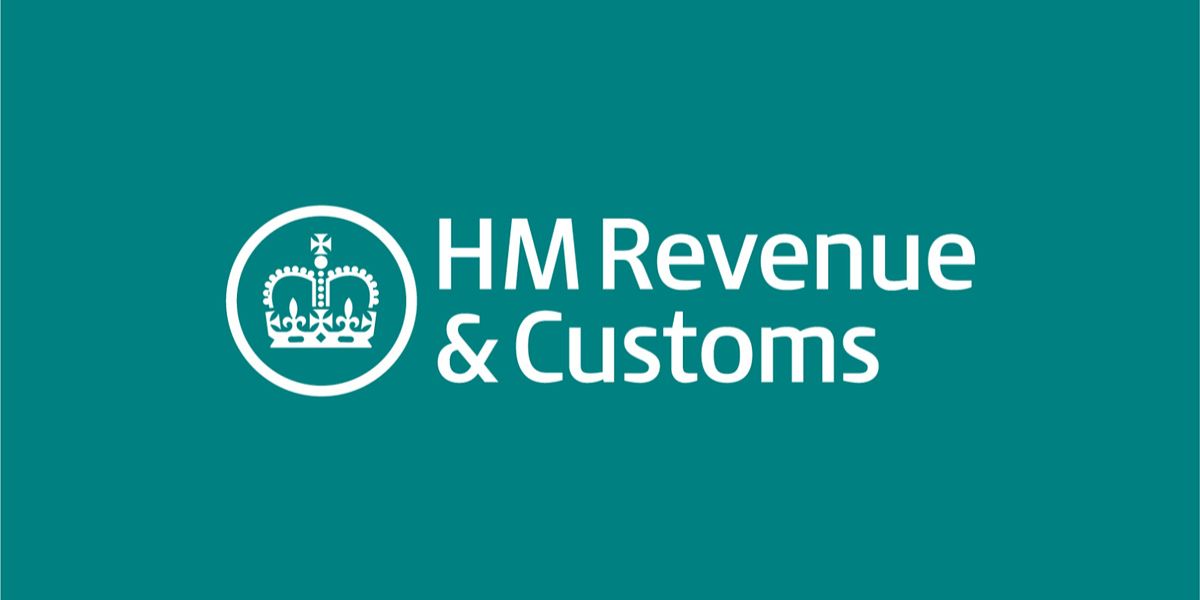The UK tax authority, HM Revenue & Customs (HMRC), has updated its online guidance regarding the application process for statutory tax clearances on 29 October 2024.
A new page titled “Apply for statutory clearance for a transaction” provides best practices for preparing and submitting tax clearance applications to HMRC under specific statutory provisions related to transactions.
While much of the content has been moved from previous guidance, the page introduces a new section, “What to Include in Your Application,” which provides details on the supporting information required for these applications.
Capital Gains Tax
Find out how to apply for clearances relating to Capital Gains Tax for:
- share exchanges — section 138(1) Taxation of Chargeable Gains Act (TCGA) 1992, under section 135 or section 136 (Capital Gains Manual: CG52631)
Capital Gains Manual: CG52631
There is an advance clearance procedure. It is not mandatory for companies to apply for clearance. The procedure exists so commercial decisions are not hindered by uncertainty about the possible application of the anti-avoidance provisions. For practical reasons only the company whose shares or debentures are being acquired or the company making the acquisition can apply for clearance. TCGA92/S138 allows either of these companies to apply to the Board for confirmation that the anti-avoidance provisions of TCGA92/S137 will not prevent TCGA92/S135 from applying. For the clearance to be valid the application must be made and granted before the new shares or debentures are issued.
- Reconstructions involving the transfer of a business — section 139(5) TCGA 1992 (Capital Gains Manual: CG52810)
Capital Gains Manual: CG52810
The application of TCGA92/S139 is subject to anti-avoidance provisions. Section 139(5) provides Section 139 will not apply unless
- the scheme of reconstruction or amalgamation is effected for bona fide commercial reasons and
- does not form part of a scheme or arrangements of which the main purpose, or one of the main purposes, is avoidance of liability to corporation tax, capital gains tax or income tax.
The anti-avoidance provisions of TCGA92/S139 are subject to an advance clearance procedure which is identical to that which applies to TCGA92/S135 and TCGA92/S136. Instructions on the clearance procedures can be found at CG52631.
- collective investment schemes: exchanges, mergers and schemes of reconstruction — section 103K TCGA 1992 (Investment Funds Manual: IFM16260)
Investment Funds Manual: IFM16260
Relief under sections 103G to 103I is only available if the arrangements are carried out for bona fide commercial reasons and do not form part of arrangements where the main purpose, or one of the main purposes, is to avoid tax.
That anti-avoidance rule can be disregarded where:
- Units are issued to an investor who holds 5% or less of the units in the scheme, or in the relevant class of units. To establish whether an investor is within the 5% threshold the holdings of connected investors should be included.
- HMRC has given clearance to the arrangements under section 138 TCGA.
- transfer of a UK trade between EU member states — section 140B TCGA 1992 and section 140D TCGA 1992 (Capital Gains Manual: CG45731)
Read about share exchanges and company reconstructions in the Capital Gains Manual: CG52500C.
Purchase of own shares
Purchase of own shares by unquoted trading companies is covered by section 1044 Corporation Tax Act (CTA) 2010.
Find out about clearance applications and exempt distribution when a company purchases its own shares.
Statutory demergers
Statutory demergers are covered by section 1091 CTA 2010 in the:
Transactions in securities
Transactions in securities are covered by section 748 Corporation Tax Act 2010 and section 701 Income Tax Act (ITA) 2007 in the Company Taxation Manual: CTM36800.
Enterprise Investment Scheme
Find the statutory provision for Enterprise Investment Scheme (EIS) shares (acquisition by new company) (section 247 (1)(f) ITA 2007) in the:
Company reorganisations involving intangible fixed assets
This type of company reorganisation is covered by section 831 CTA 2009 (Corporate Intangibles Research and Development Manual: CIRD42000).
Tax consequences of assigning a lease granted at under value
Find guidance on confirmation of the customer’s view of the tax consequences of assigning a lease granted at undervalue in the Property Income Manual: PIM1222.
Loan relationships
Loan relationships for transfers and for mergers are covered by section 426, section 427 (transfers) and section 437 (mergers) CTA 2009 in the Corporate Finance Manual: CFM34160.
Derivative contracts
Derivative contracts for transfers and mergers are covered by section 677 (transfers) and section 686 (mergers) CTA 2009 in the Corporate Finance Manual: CFM53120.
Targeted Anti Avoidance Rule 3
Find the statutory provision for Targeted Anti Avoidance Rule 3 for Capital Gains in the Targeted Anti Avoidance Rule 3 (Capital Gains) section 184G and section 184H TCGA 1992. Read the Capital Gains Manual: CG44150.
Cross-border transfers
Find the statutory provision for cross-border transfer of a loan relationship, derivative contract or intangible fixed assets in section 117(4) Taxation (International and Other Provisions) Act 2010.
Continuity of Seed Enterprise Investment Scheme (SEIS)
Find the provisions for continuity of Seed Enterprise Investment Scheme relief under section 257HB ITA 2007 as updated by Finance Act 2012.
What to include application
Need to include:
- A list of the statutory provisions under which you are applying for clearance
- The applicant’s company name, tax reference, residence status, trading status and group status
- A step by step description of transactions with diagrams if possible
- Reasons for the transactions
- The number, percentage and classes of shares or other instruments held by each shareholder before and after the transaction
- All connections and associations between existing and new shareholders
- The latest accounts
- A breakdown of the amount and form of consideration (such as ordinary shares, preference shares, redeemable shares, loan notes, cash or assets) to be received by each shareholder
Need to include:
- If a shareholder is a trust — the type of trust, and names of the settlor, trustees and beneficiaries
- Reasons for any significant difference between the current distributable reserves position and the position shown in the accounts
- Expected date of redemption of any redeemable securities issued
- Alternative transactions considered, with reasons for their unsuitability
- How a sale of the business or part of the business will be carried out, for example, at asset or share (with details of shares) level
- Reference numbers of previous relevant applications for statutory clearance in the last 7 years
- If applying for statutory demerger under section 1091 CTA 2010 — how you meet the conditions under sections 1081 and either section 1082 or section 1083 CTA 2010
How to send application
We will reply to your application within 30 days. If we ask you for further information, we will respond within 30 days of your reply.
Apply by email
Clearance applications can be submitted via email to reconstructions@hmrc.gov.uk.
Do not send self-extracting zip files as HMRC software will block them.
If you would like us to reply by email, HMRC will need your permission to do so by including the following statement:
“I confirm that our client understands and accepts the risks associated with email and that they are happy for you to send information concerning their business or personal details to us by email. I also confirm that HMRC can send emails to the following address (or addresses)….”
If you’re making the application on behalf of yourself or your company, change this wording as needed.
If you are unsure that an email you’ve received from the Clearance and Counteraction Team is genuine, email reconstructions@hmrc.gov.uk to check.















